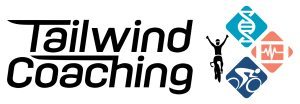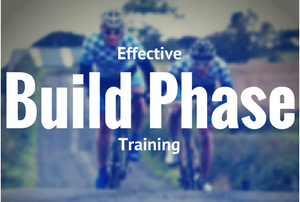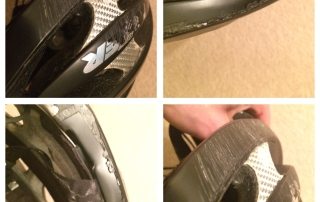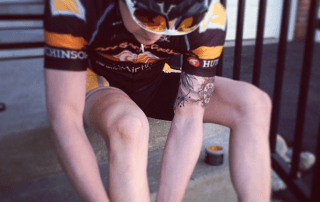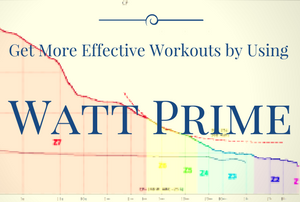Effective Build Phase Training (Podcast #55)
Do you wish you could get more cycling prowess out of your build phase training?
So do a lot of riders.
Here’s a short backstory: A while back I released a podcast discussing how you can get the most out of your base training by throwing out much of the old school rhetoric and focusing on new school science. That podcast has become one of my most popular podcasts to date, sparking questions about everything from workout frequency to using High Intensity Training to rocket your fitness up during the base phase. It didn’t stop with the base phase either: people started asking how to turbocharge their build phase training too.
So by popular demand, this time, I’m going to tackle the build phase of your training plan. Again, the name of the phase sort of gives away the goal behind it: to build fitness in an exponential way. However, fitness is a tricky thing: there’s general fitness (for you power meter users, that’s the CTL on the performance management chart) and there’s situation specific fitness such as climbing ability, sprinting ability, 3 minute power, etc etc (which can all be tracked if you’re training with power). Many athletes are happy with going out and doing the same old rides, watching their “fitness” (really, they’re seeing an increase in CTL) steadily climb. Then they register for a fondo, race or event and fail to meet their expectations.
Why?
Because they didn’t train their weaknesses, nor did they build specific fitness to conquer their goals.
In this episode of the Tailwind Coaching Podcast, we’ll cover that and more. Show notes and links are available after the jump:
